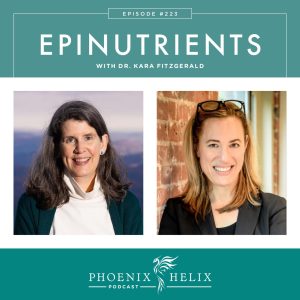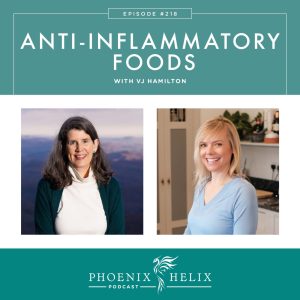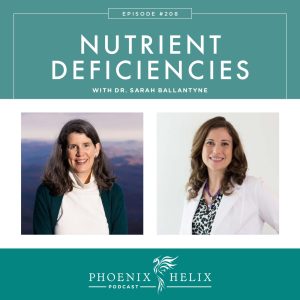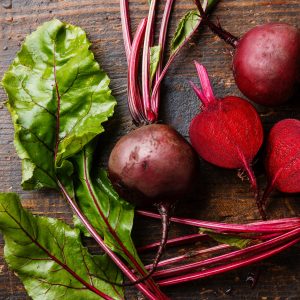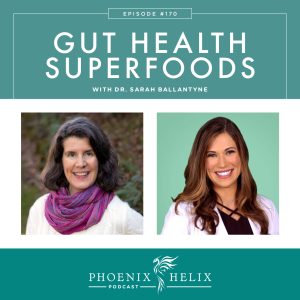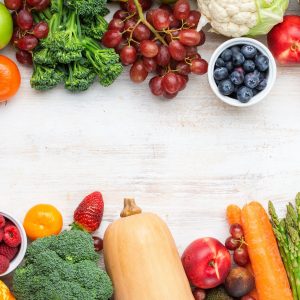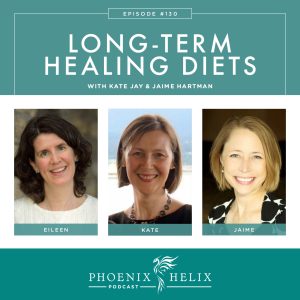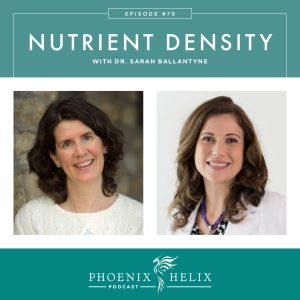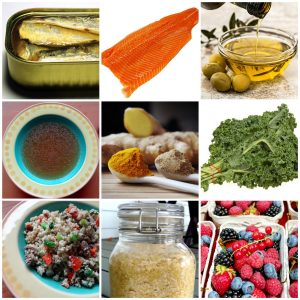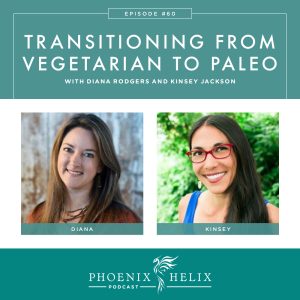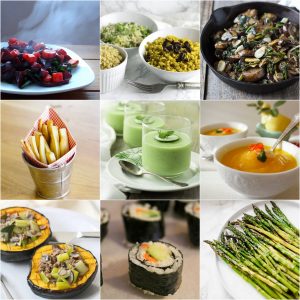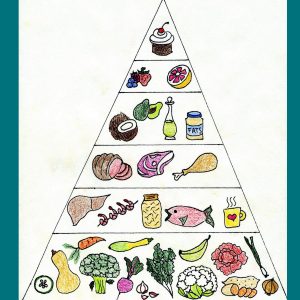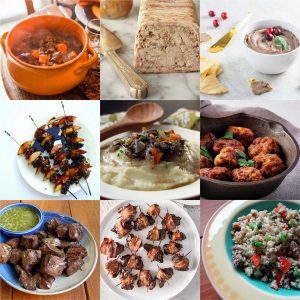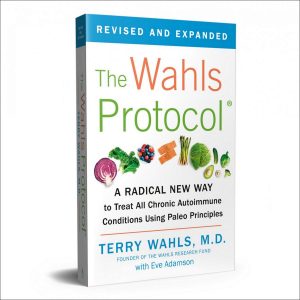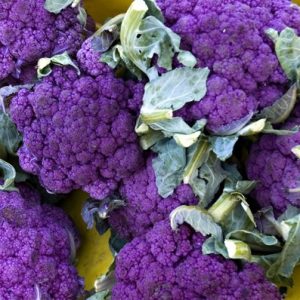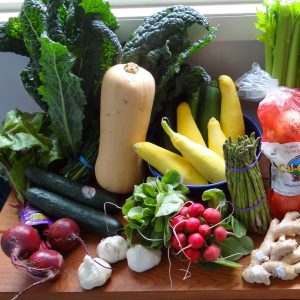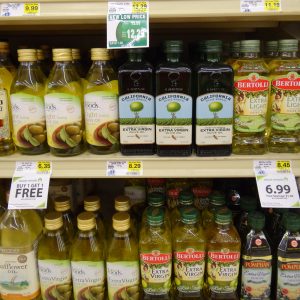Episode 223: Epinutrients with Dr. Kara Fitzgerald
We are more than our genes! Epigenetics is a field of science that studies what influences our genetic expression. These are the things that turn our genes on and off. Our body is dynamic and it’s changing all the time in response to our environment and daily choices. Epinutrients are the nutritional compounds that alter genetic expression in a positive direction. My guest, Dr. Kara Fitzgerald, is a naturopathic doctor and clinical researcher, whose research focuses on the epigenetics of diet and lifestyle. Her book, Younger You, is a deep dive into the science of Epinutrients.

